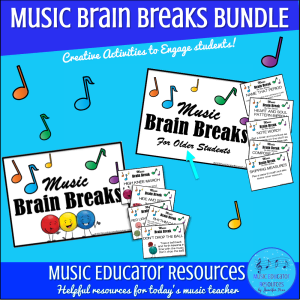If you have been following my blog for a while, then you would know that I like to do semester kickoffs in my studio twice a year. Setting S.M.A.R.T. goals plays a big role in our spring semester kickoff.
Due to COVID-19, we have been holding all our group activities online. This past year, I have come to really appreciate and enjoy our groups online. During a typical spring semester kickoff, there are 3 things I want to accomplish…
- Create a new S.M.A.R.T. goal to focus on for the new semester
- Share music with each other
- Learn and play practice games they can apply at home
The main purposes of the spring semester kickoff is to connect with students on their practice goals for the new year. I have found that using S.M.A.R.T. goals helps students come up with a more detailed plan, rather than “I want to practice more”. Or “I want to get better at playing the piano.” While those are wonderful goals, they just aren’t specific enough and don’t have a plan. Breaking it up into S.M.A.R.T. goals helps us with that plan.
A Goal Without a Plan is Just a Wish
If you aren’t familiar with S.M.A.R.T. goals the acronym stands for:
- Specific
- Measurable
- Attainable
- Relevant
- Timely
There are some variations you will find as well, but these are the ones I use. When teaching S.M.A.R.T. goals it is very important that students understand what each of these words mean in relation to their goal setting. I found the best way to teach is this is to come up with some example goals and then ask questions in relation to that goal example.
For example, if a student told me “I want to practice more“. I would ask them to be more specific. If they weren’t quite sure what that meant, then I would suggest we narrow it down. Specific might be “I want to be more consistent in my practicing each week.”
I would then ask, how they can measure or track this? In my studio, we use an app called PracticeSpace, which would be a perfect way for them to track practicing. So I would suggest that they make sure they log into PracticeSpace each time they practice.
*Save 50% your first two months after the free trial when you use the code: foxx50. Check out PracticeSpace here. (affiliate link)
Attainable tends to be a trickier one for students to understand. I share with them that this is a great time to create action steps on how they will get there. Saying that they will log into PracticeSpace is great, but if they haven’t been using PracticeSpace in the past, it isn’t already a habit for them. So they may want to first create some action steps that will remind them to log into PracticeSpace in the first place. Once they are in, the rest is easy!
Relevant can sometimes seem like an obvious one. Why do they want to practice more? How is this relevant to piano lessons? Well, to get better of course!
Timely is when do they want to accomplish this by? Having a deadline is important as it keeps students accountable. Depending on their goal, I may suggest their deadline be by the end of the semester.
We go through this process first as a group at the semester kickoff. The following week, I follow up individually with students and guide them through the process specifically to their goal if they are still unsure.
Creating S.M.A.R.T. goals is a life skill that will benefit not only students in their lessons, but throughout their life. I created a new S.M.A.R.T. goal resource for my subscribers. It includes slides (easily share online), a worksheet for students to break out their S.M.A.R.T. goals and a poster asking some of those leading questions if they are stuck. If you don’t already subscribe or have not had a chance to grab it yet, just fill out the form below and I will send it to you.
You may also be interested in the following blog posts…
- Goal Setting (Music Teacher Tip #1)
- Teaching SMART Goals (Music Teacher Tip #33)
- Start the Year Off Right with SMART Goals
- Mid-Year Practice Boost
- Spring Semester Kickoff
- New Year Goals and Reflection




















0 Comments